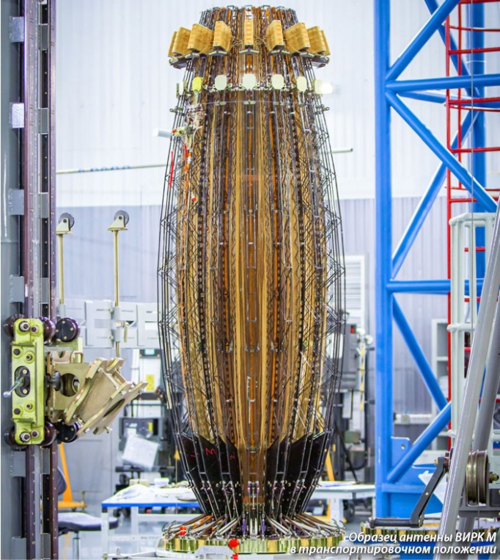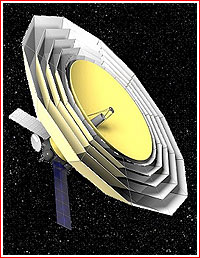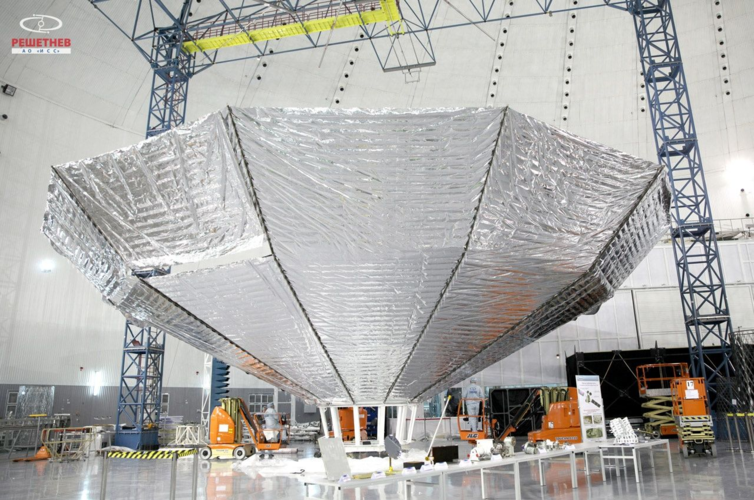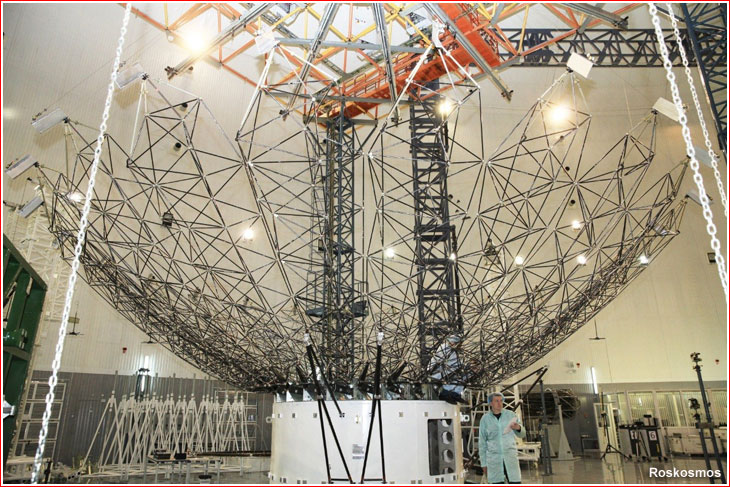- Joined
- 21 January 2015
- Messages
- 12,132
- Reaction score
- 16,291
The complex history and future of Russian photoreconnaissance satellites.
Russia currently has only two operational optical reconnaissance satellites in orbit, both of which may already have exceeded their design lifetime. They are to be replaced by more capable satellites carrying a primary mirror about the same size as of those believed to be flown aboard American reconnaissance satellites, but it is unclear when these will be ready to fly. An experimental satellite launched in 2018 likely is the precursor of a constellation of much smaller spy satellites that will augment the imagery provided by the big satellites.






